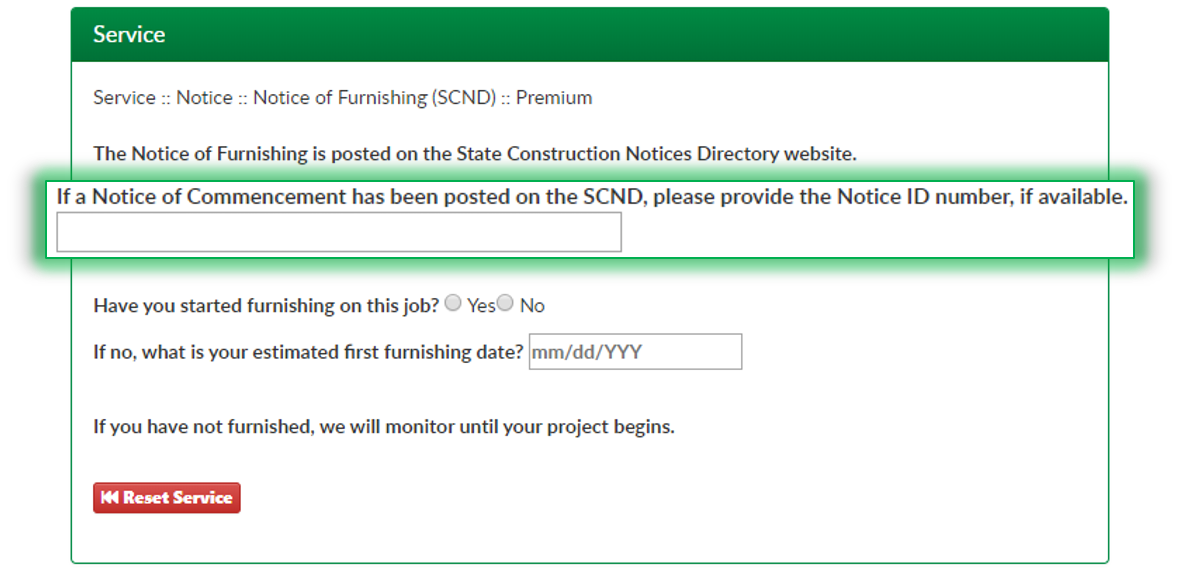
Backup Documentation Can Make or Break Your Claim
Never underestimate the value of proper documentation to support your claim! When assisting our clients with claims, we frequently request backup documentation for review. Absent the proper documentation, how can you prove your claim?
Yeah, But Why?
Sometimes we hear, “You don’t need to review my statement of account; I know what I’m owed.” While we certainly don’t want to invade your privacy or second-guess the information you provide, we request the documentation because we want to ensure your claim meets statutory requirements.
Did you know there are states that require copies of open invoices and/or a copy of the preliminary notice to be attached to the lien? Are you aware that some states, like New York, provide that an owner or contractor may serve a Demand for Itemized Statement upon the lien claimant and a formal response must be given within 5 days or the lien may be forfeited?
So, What Kind of Docs Are We Talkin’ About?
Documents may include invoices, statement of accounts, a copy of the contract, bills of lading, etc. Any information that will support your claim. And when I say “any information,” I genuinely mean it. Think about the various forms of communication we have at our disposal – if your customer agreed to a change order via email, print out that email! I’m not an attorney, so I can’t say with certainty that an email communication is admissible, but we have reviewed cases where even text messages have assisted in claims – every little bit helps.
Does It Really Matter?
Yes, yes it does really matter. Not only is it important to have the documentation, it needs to be accurate. Do you remember the Kansas case I reviewed? In that case, a subcontractor filed a mechanic’s lien in the amount of $287,212.28 and included an itemized statement in accordance with statute; however, the itemized statement was for $6,574.69.
Recently, John Lande, author of “Want to Foreclose a Mechanics Lien? Get Your Invoices Straight.” reviewed a case in Iowa where the claimant’s foreclosure action was dismissed. Why? …. drum roll please… because the claimant failed to provide supporting documentation!
“Olmstead did not get to foreclosure its lien because it sent four different payoff amounts to Otter Creek without providing any supporting documentation.”
See, when the claimant (“Olmstead”) sent four different invoices with four different claim amounts, the property owner requested backup documentation. Instead of providing the documentation, the claimant jumped the proverbial gun and filed a lien, then moved to foreclose the lien. Of course, when the case made it to court, the judge said: if you can’t provide the supporting documentation, you can’t make the claim. Alright, so the judge didn’t say it quite like that, but you get the idea.
Lande warns “[C]ontractors should take time to make sure they know their costs and can support those costs before invoicing property owners. Having accurate invoices will reduce confusion and make it easier to get paid in a timely manner. In addition, having backup material organized will make it much easier for contractors to enforce their rights if they need to.”
Yeah, What He Said!
Maintaining comprehensive and complete records can be a challenge. But, losing lien rights and potential payment security can put a burden on your cash flow.










